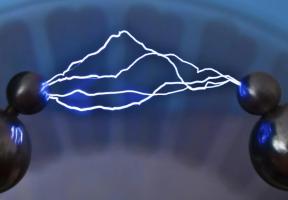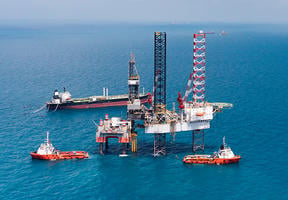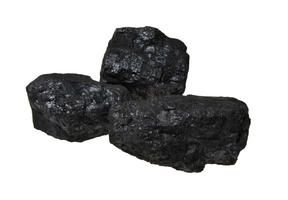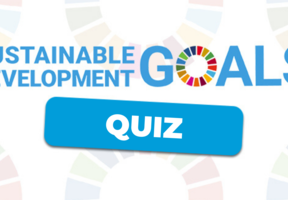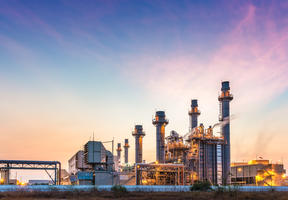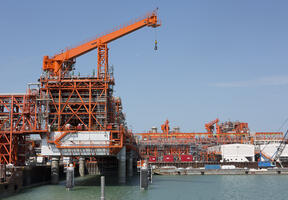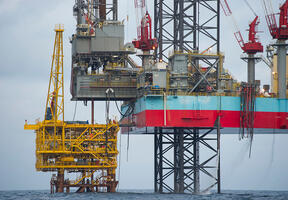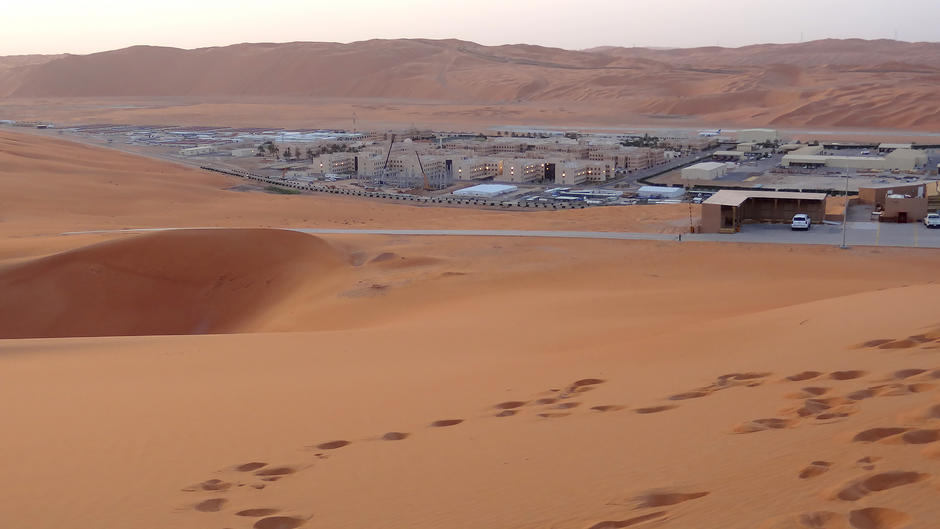
1. The largest oil and gas region
The Gulf (the term preferred to the Persian Gulf or the Arabian Gulf to avoid fueling regional tensions) has the world's most abundant and easily extractable oil and gas resources. Saudi Arabia is one of the top three oil producers, alongside Russia and the United States. Qatar and Iran possess the biggest natural gas reserves after Russia. Kuwait, Iraq, the United Arab Emirates, Bahrain and Oman also have plentiful oil and gas resources. Pictured here is the giant Shaybah oil field complex in Saudi Arabia.
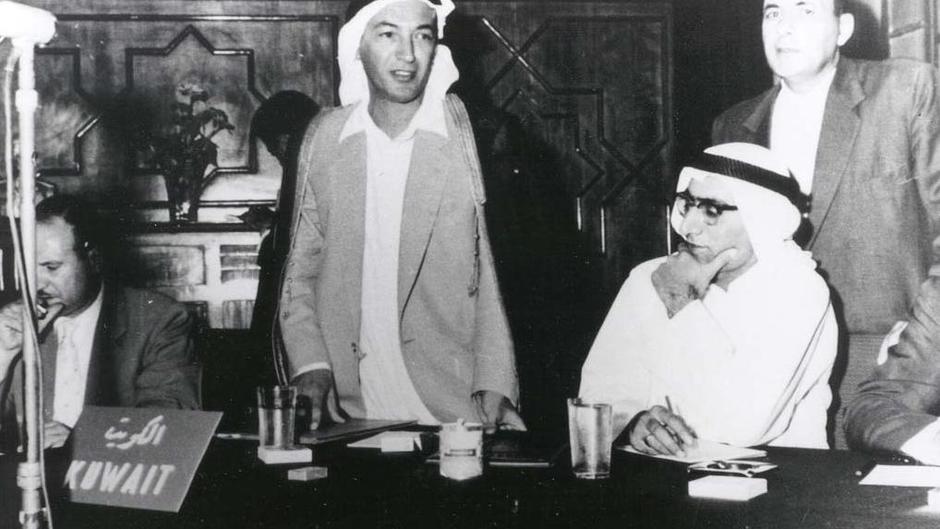
2. At the center of global geopolitics
Oil was a major issue all throughout the 20th century. On September 14, 1960 (date of the photo) at a conference held in Baghdad, Saudi Arabia, Kuwait, Iraq, Iran and Venezuela created the Organization of the Petroleum Exporting Countries (OPEC). Against a backdrop of falling world oil prices, their goal was to reduce the power of the large multinational oil and gas that controlled 90% of crude production at the time. Today, OPEC has 13 oil-producing member countries.
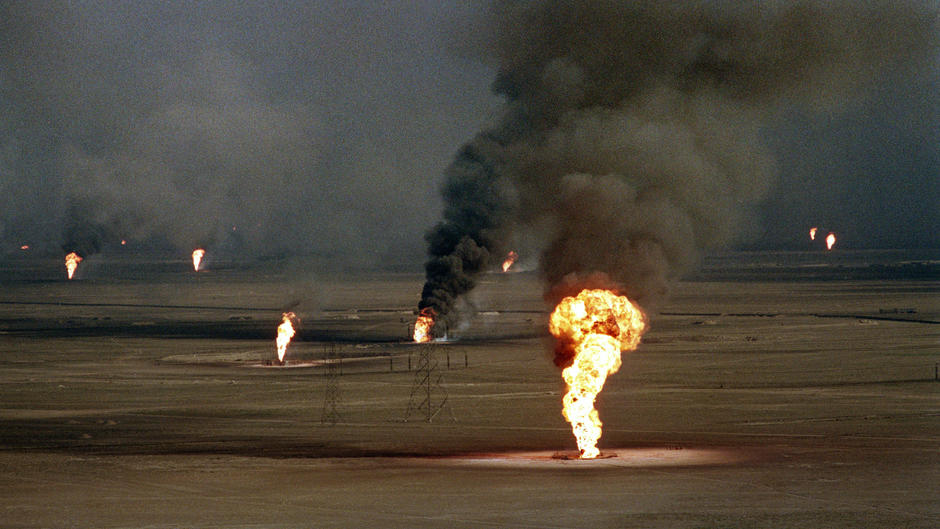
3. Repeated threats to security
Energy issues and regional rivalries have resulted in a number of conflicts, including the Iran-Iraq war (1980-1988), the First Gulf War (1990-1991) and the invasion of Iraq by the United States and its allies (2003). One of the most symbolic images of these conflicts was the blazing oil wells in southern Kuwait in March 1991 (date of the photo) , shown here. At the end of their seven-month occupation of Kuwait, retreating Iraqi troops set fire to 727 oil wells, causing widespread air, land and sea pollution.
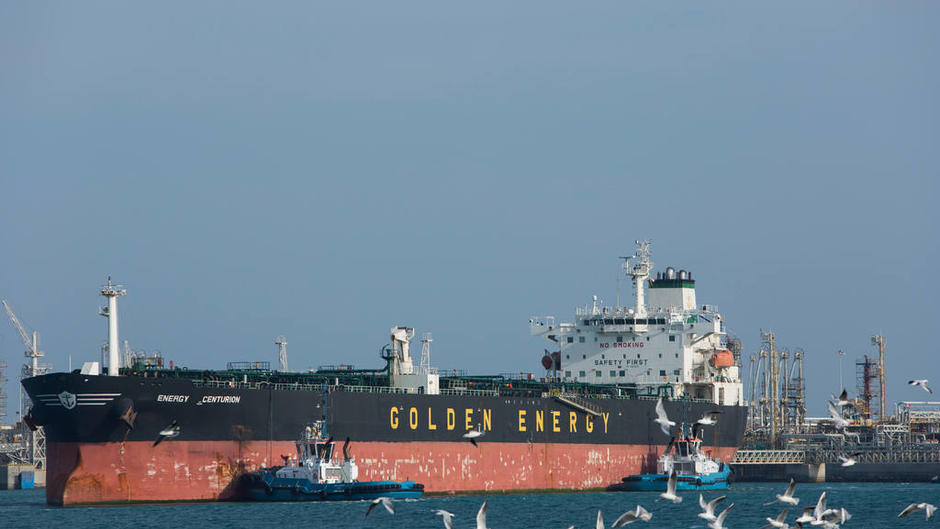
4. A strategic hub
from the Arabian Peninsula is transported by pipeline to the Gulf, as well as to the Red Sea and the Mediterranean, via Jordan and Syria, where it is then exported to world markets. The Gulf accounts for 30% of global oil trade, making its oil and gas terminals critical. Pictured here is the Golden Energy in the Port of Ras Laffan in Qatar. In other parts of the Gulf, artificial islands have been built to serve as berthing facilities for vessels from all around the world.
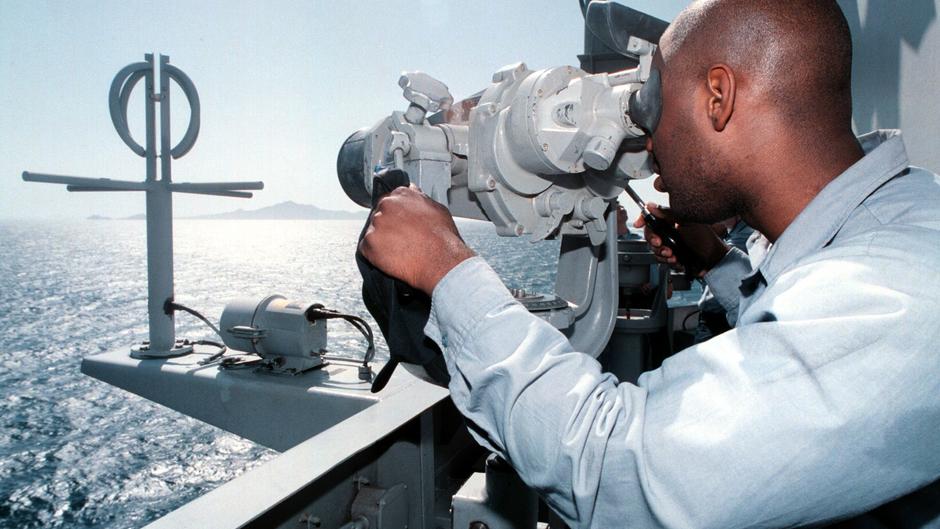
5. Closely monitored straits
Due to its strategic importance, the Gulf is kept under constant surveillance, particularly by U.S. naval forces. This is especially true given that the entrance to the Gulf is formed by the Strait of Hormuz, a 63-kilometer chokepoint between Iran and the Sultanate of Oman, through which 2,400 tankers pass every year. Further south, a sea passage between the Arabian Peninsula and Africa – the Bab el-Mandeb Strait – constitutes another vital shipping lane for oil. Here, an American serviceman studies the horizon during one of the many operations conducted in the region.
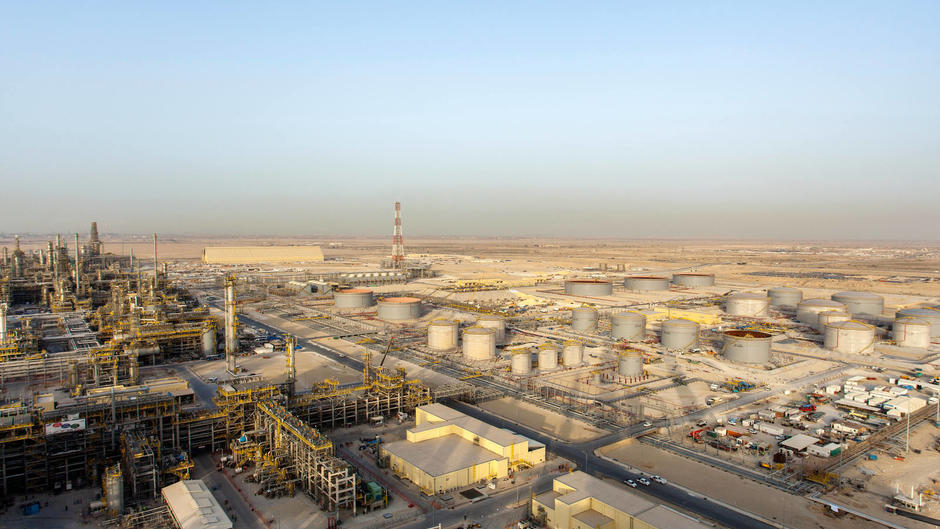
6. Giant infrastructure
Saudi Arabia possesses extremely extensive port infrastructure along the Gulf coast, including refineries, gas facilities and export terminals, notably in Ras Tanura, Ras Juaymah and Jubail. The Jubail refinery, pictured here, is one of the largest in the world. Commissioned in 2013, the complex has a refining capacity of up to 400,000 barrels per day and covers an area equivalent to 700 soccer fields.

7. Oil storage capacity
Gigantic storage units are needed to accommodate the vast amounts of crude oil that are processed and exported to external markets. The crude is stored in large tanks. In this photo, maintenance operations are being conducted at the bottom of one such tank at the Jubail refinery. The condition of the tanks and their levels are checked regularly to prevent leaks from occurring.
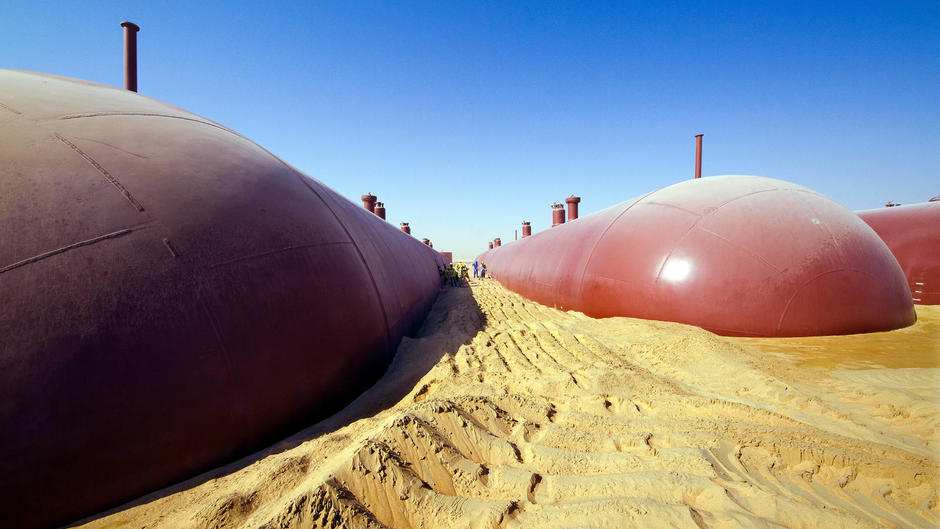
8. Storage capacity for natural gas as well
This photo, taken at the Jubail refinery, shows storage tanks containing half buried in the sand. LPG is a mixture of light hydrocarbons, primarily propane and butane. It is stored in liquid form. About 40% of LPG is produced from the refining of crude oil and 60% from the processing of natural gas.
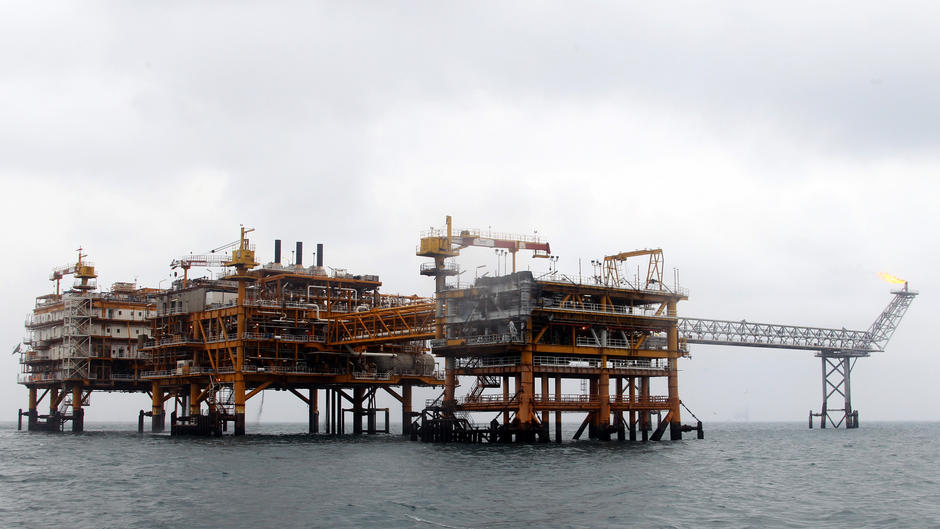
9. A gas field between Qatar and Iran
More than 32 trillion cubic meters of natural gas (15% to 20% of total world reserves) are trapped under an enormous structure in the middle of the Gulf, between Qatar and Iran. The field covers an area of nearly 10,000 square kilometers, more than a third of which is located in Iran's territorial waters. Following the lifting of decades-long international economic sanctions, in 2016 Iran recommenced production of its natural gas resources, particularly in this area, which Tehran calls South Pars. This photo shows an Iranian platform located near Qatar's maritime boundary.
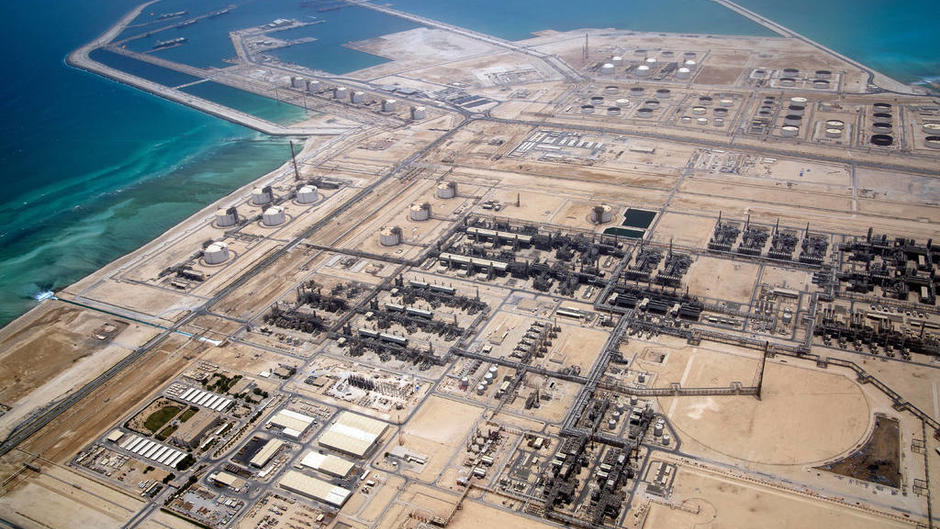
10. Qatar's gas conversion industry
Thanks to its nearly two-thirds ownership of the Gulf's large gas field, which it refers to as the North Field or North Dome, Qatar has become an industry giant. The country has constructed powerful liquefaction units in a new industrial hub called Ras Laffan Industrial City, pictured here. The complex also converts gas into liquid hydrocarbons, such as gasoline and , using a process rarely employed elsewhere in the world.
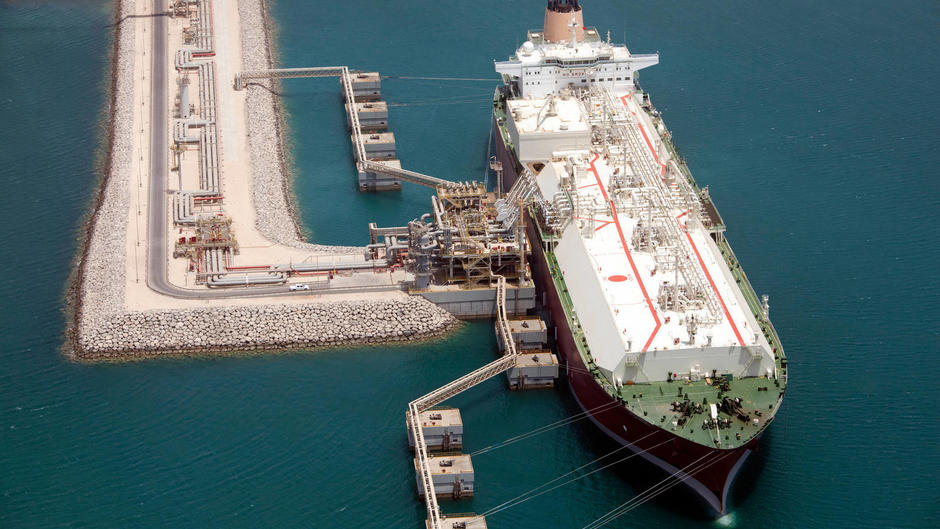
11. Qatar, the world's leading exporter of liquefied natural gas (LNG)
Backed by its extensive gas liquefaction facilities, Qatar has become the largest exporter of LNG, accounting for one-third of the global market. It is the world's second-biggest exporter of natural gas (in both liquid and gas form) behind Russia. In this photo, LNG is being loaded onto a carrier in the Port of Ras Laffan, fondly referred to by Qatar as "the gas capital of the world".
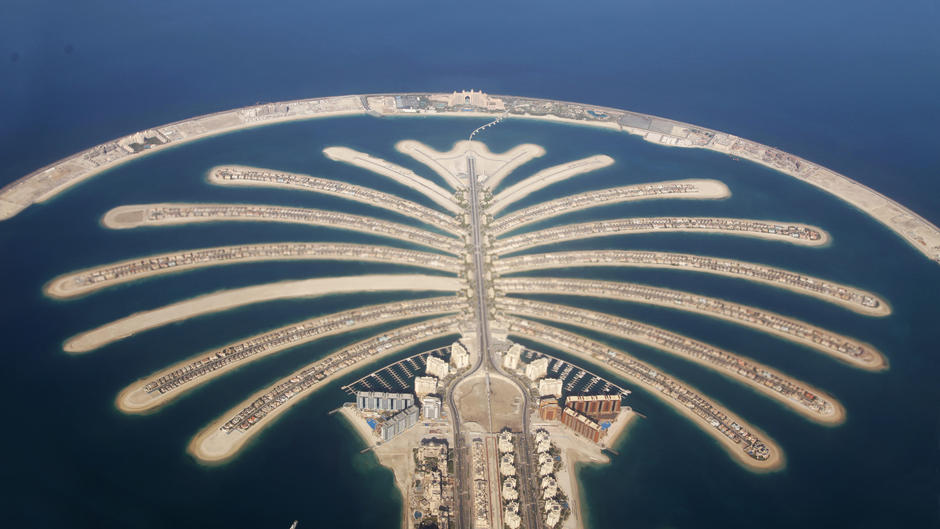
12. Growing energy needs
Since 2000, energy consumption in the Gulf countries has been growing faster than in China and India. This is due to several reasons, including rapid population growth, rising industrial demand, seawater desalination operations and the exponential development of ultra-modern cities keen to attract foreign investors. One-quarter of the region's oil and gas production is consumed locally. Pictured here are the artificial islands of Palm Jumeirah on the coast of Dubai.
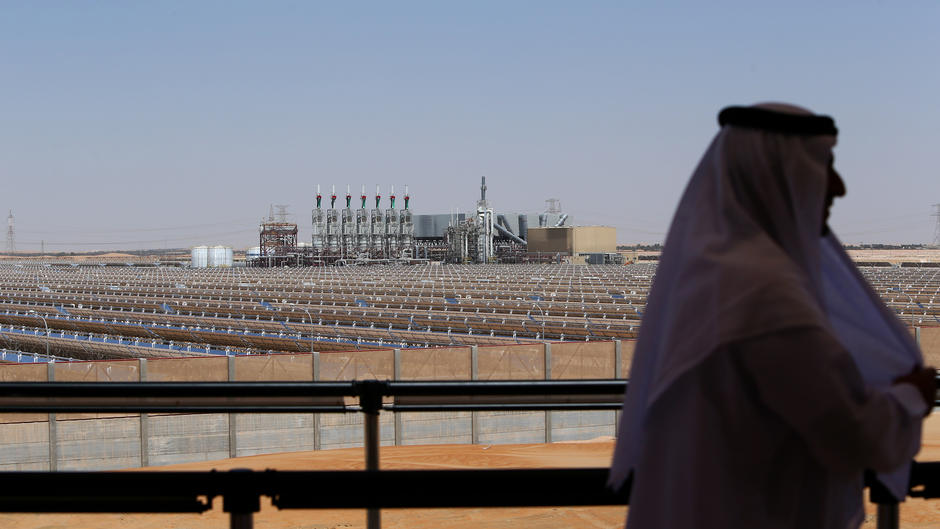
13. The inevitable shift to renewables
To keep pace with their rising energy needs, the Gulf countries are developing their capacity, particularly for solar power. Shown here is Shams 1, the region's largest solar farm. Located near Abu Dhabi in the United Arab Emirates, the 100-megawatt power plant features 258,000 parabolic mirrors covering an area of 2.5 square kilometers.
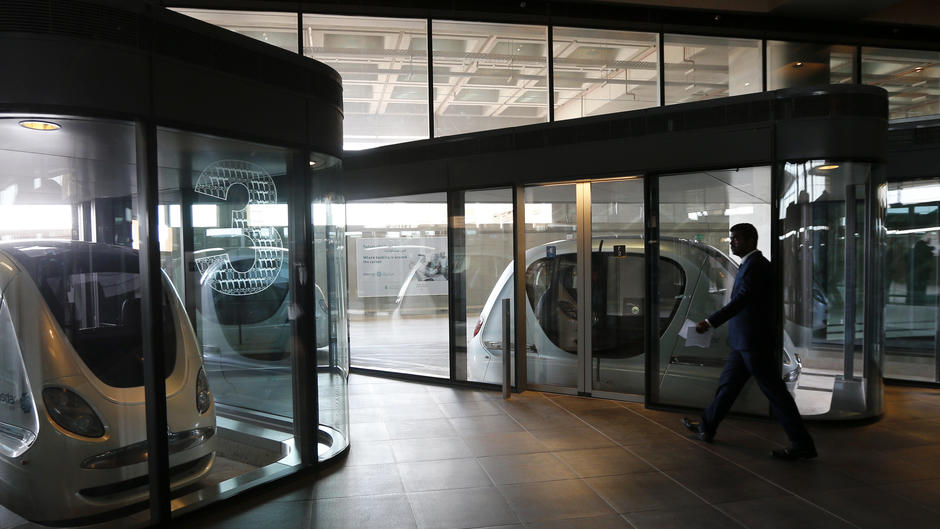
14. An ambition to become a global laboratory
Supported by their considerable investment capacity, several Gulf countries are aspiring to become leaders at the cutting edge of innovation. The United Arab Emirates has constructed a pilot city in the desert 30 kilometers from Abu Dhabi called Masdar City, which was conceived as a sort of " Valley of energy". It is notably home to the headquarters of the International Renewable Energy Agency (IRENA). The city's public transportation system is testing autonomous electric vehicles, pictured here.
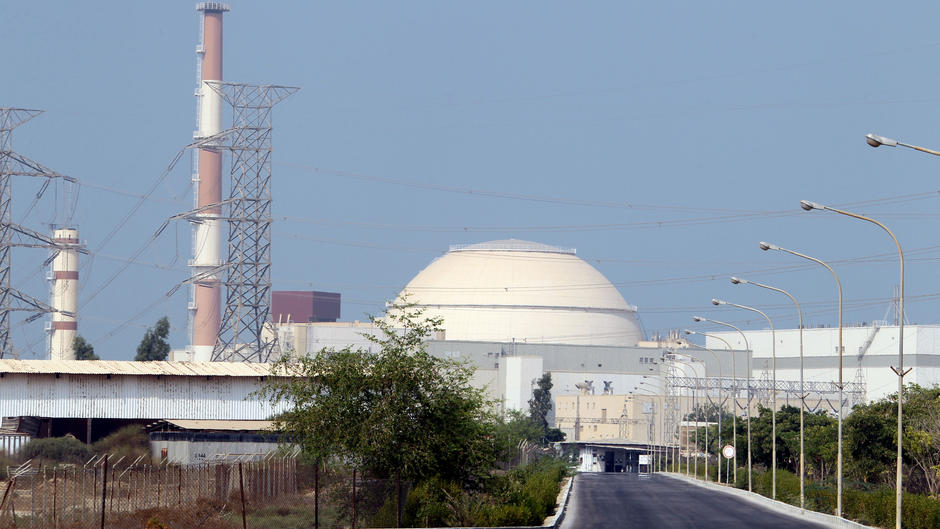
15. Gulf countries embrace nuclear power
Saudi Arabia has started discussions with Russia and France on what has been described as an "ambitious" nuclear program. The United Arab Emirates has begun building four nuclear plants with South Korean partner KEPCO. Iran started producing at the Bushehr (see photo) in 2011 and has begun work on two additional reactors after convincing the international community that it did not wish to pursue a military nuclear program.
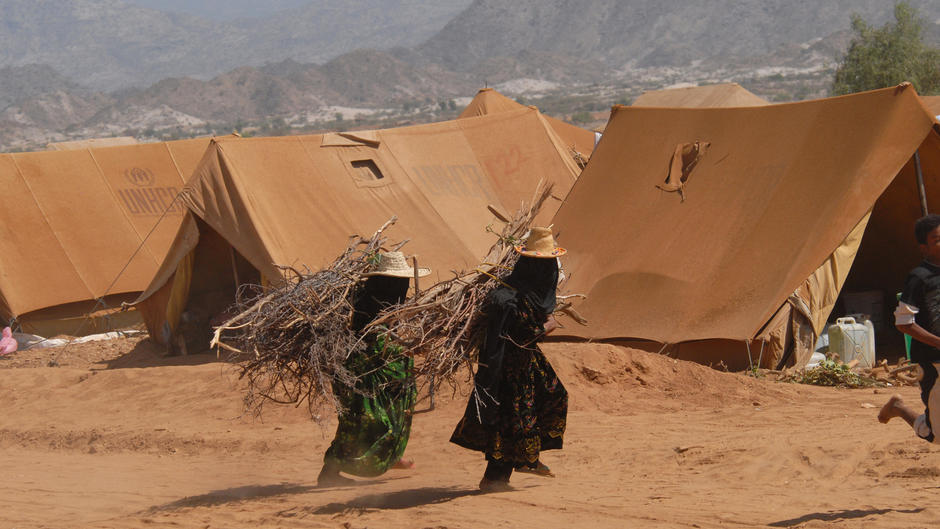
16. Ongoing uncertainty
The region continues to suffer from geopolitical tensions. Since 2016, rivalry between Iran and Saudi Arabia has fueled a conflict in Yemen at the southern tip of the Arabian Peninsula. Soaring gas prices have meant that the inhabitants of Sana'a, Yemen's capital, and the surrounding refugee camps must once again rely on wood, the most basic source of energy.
 Our most popular content
Our most popular content
See all
